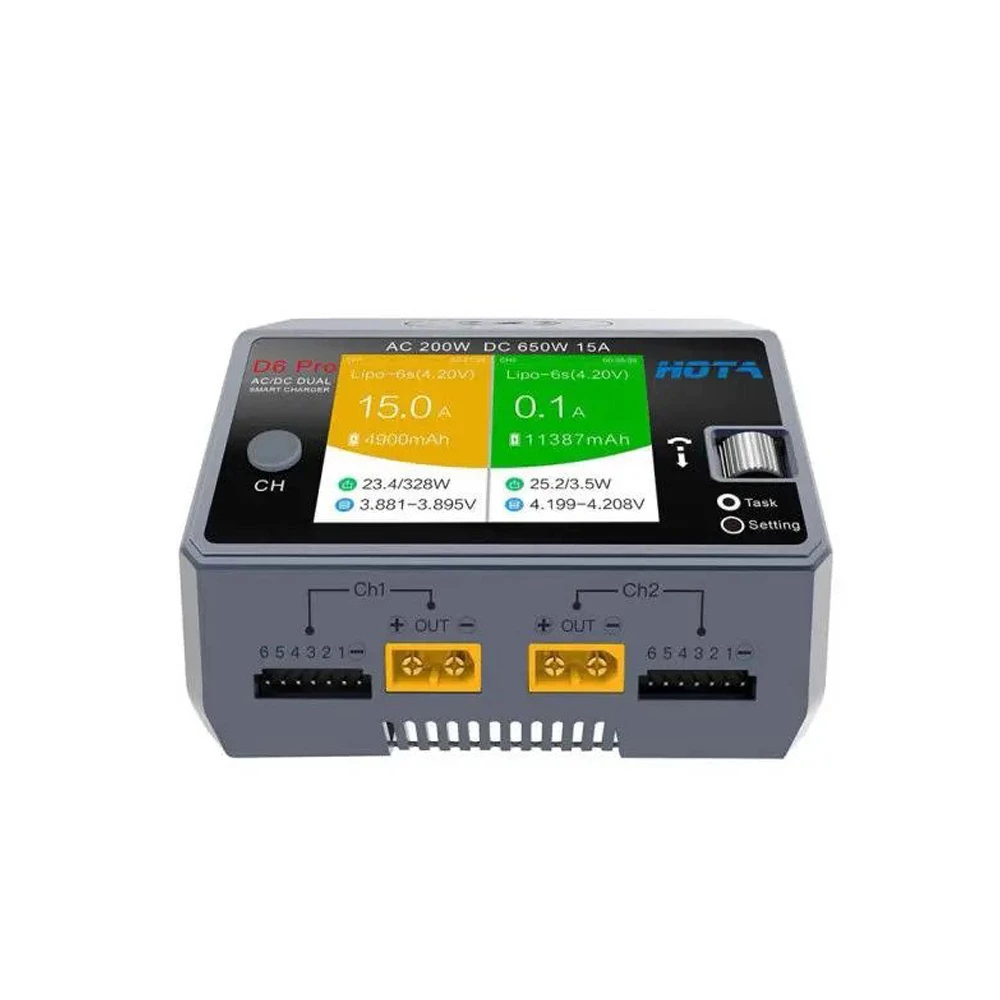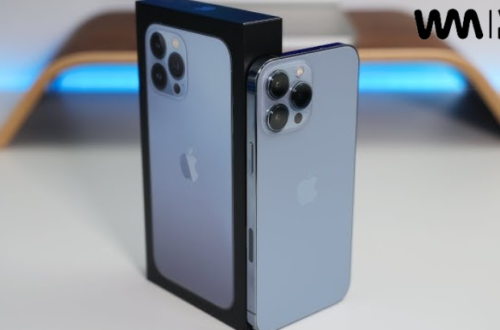Lithium Polymer (LiPo) batteries have become the go-to choice for powering various high-performance electronic devices, including drones, RC cars, and hobbyist gadgets. Their high energy density and lightweight design make them ideal for applications where power and weight are critical. However, with great power comes great responsibility—LiPo batteries can be dangerous if not handled with care.
To safely charge and use these batteries, it is crucial to follow proper safety precautions. This article will explore the essential guidelines for safely charging LiPo batteries using dedicated chargers, helping you avoid hazards like overheating, fires, or even explosions.
Understanding LiPo Batteries and Chargers
What are LiPo Batteries?
LiPo batteries are a type of rechargeable battery that uses a polymer electrolyte instead of a liquid one, making them lighter and more flexible than traditional lithium-ion batteries. They are commonly used in remote control models, drones, and other high-drain electronics due to their ability to deliver high bursts of power.
How Do LiPo Charger Work?
LiPo charger are specifically designed to safely charge these powerful batteries. Unlike standard chargers, LiPo chargers monitor voltage levels and provide balanced charging across the battery’s individual cells, preventing overcharging or damaging the cells. Without a proper charger, you risk damaging the battery, reducing its lifespan, or worse, causing a fire.
General Safety Tips for LiPo Charging
1. Always Use the Correct Charger
This cannot be stressed enough—using the right charger is crucial for the safe operation of LiPo batteries. A charger designed for other types of batteries may not balance the cells correctly, potentially leading to dangerous conditions like overcharging or overheating. Always ensure your charger is specifically designed for LiPo batteries.
2. Charge in a Fireproof Environment
LiPo batteries are known for their potential to catch fire if mishandled. To minimize this risk, always charge your batteries in a fireproof area. A fireproof LiPo charging bag is an inexpensive yet effective solution that can contain flames in case the battery malfunctions. Alternatively, charging the battery on a non-flammable surface like concrete or metal is also a good precaution.
3. Avoid Overcharging
Overcharging is one of the most common causes of LiPo battery failures. Most modern LiPo chargers are equipped with automatic cutoff features that prevent overcharging by stopping the charging process once the battery reaches its full capacity. Double-check the settings on your charger before each use to ensure you are not exceeding the recommended voltage for your battery.
4. Monitor the Charging Process
Never leave a LiPo battery charging unattended. While modern chargers come with various safety features, it’s essential to supervise the charging process to catch any early signs of overheating or battery swelling. A swollen battery indicates internal damage and should never be used or charged again.
5. Use the Right Voltage and Current Settings
Each LiPo battery comes with manufacturer-specified voltage and current ratings. Failing to adhere to these recommendations can result in permanent damage to the battery or worse, a fire. Always check the battery’s specifications and set your charger accordingly.
Pre-Charging Inspections
Inspect the Battery for Damage
Before plugging your battery into the charger, inspect it for any visible damage. If the battery casing is swollen, punctured, or dented, do not attempt to charge it. A damaged battery is unstable and poses a serious risk of catching fire.
Check the Wiring and Connections
Ensure all wiring and connectors are in good condition. Frayed wires or loose connections could result in a short circuit, which can be catastrophic during charging. If anything looks out of place, replace or repair it before proceeding.
Balance Charging
LiPo batteries consist of multiple cells, and over time, the voltage in these cells can become unbalanced. Using a charger that features a balancing function helps ensure that all cells are charged equally, preventing one from overcharging while another undercharges.
During Charging: What to Watch Out For
Monitor Battery Temperature
One of the key indicators that something might be going wrong during charging is an increase in battery temperature. While a slight rise in temperature is normal, a battery that becomes hot to the touch is a red flag. If this happens, stop the charging process immediately, let the battery cool, and inspect it for damage.
Unplug the Battery After Charging
Once the battery reaches full charge, unplug it immediately. Leaving a battery on the charger for an extended period, even if it’s not actively charging, can increase the risk of a short circuit. Modern chargers with automatic shutoff features reduce this risk, but it’s always a good idea to remove the battery as soon as it’s charged.
Avoid Multitasking While Charging
It can be tempting to leave your battery charging while attending to other tasks, but doing so can lead to accidents. By staying present, you can act quickly if something goes wrong.
Post-Charging Safety Protocols
Let the Battery Cool Down
After charging, allow your battery to cool down before using it. A hot battery can damage your equipment and degrade the battery’s performance over time.
Storing Charged Batteries Safely
Store your LiPo batteries in a cool, dry place, away from direct sunlight or heat sources. If you’re not planning to use the battery for an extended period, discharge it to about 50% and store it in a fireproof container. Fully charged batteries degrade faster if stored for long periods.
Avoid Immediate Use After Charging
Avoid using the battery immediately after charging. Allow it to rest and reach a stable temperature to prevent overheating.
Common Mistakes to Avoid with LiPo Chargers
Using Incompatible Chargers
One of the biggest mistakes users make is charging a LiPo battery with a generic charger. This can lead to unbalanced cells, overcharging, and eventual damage to the battery. Always use the manufacturer-recommended charger.
Charging Damaged Batteries
Never attempt to charge a damaged or swollen battery. These batteries are highly volatile and could catch fire during the charging process.
Skipping the Cell Balancing Step
Not all LiPo chargers have a balancing function, but it’s crucial for extending battery life and preventing accidents. Always choose a charger that balances the cells during charging.
Handling Emergencies: What to Do If Something Goes Wrong
Signs of Trouble
During charging, watch for signs of battery malfunction, such as swelling, overheating, or a strange smell. If any of these occur, stop charging immediately and move the battery to a safe, fireproof location.
How to Handle a LiPo Fire
LiPo fires can be challenging to extinguish due to the volatile nature of lithium. If your battery catches fire, do not use water to extinguish it. Use a fire extinguisher designed for electrical fires or, if available, a LiPo safe fireproof bag.
Proper Disposal of Damaged Batteries
Never throw a damaged or swollen battery in the trash. LiPo batteries contain harmful chemicals that can leak and cause fires. Take the battery to a recycling center or a facility that handles hazardous waste.
Best Practices for Long-Term LiPo Battery Safety
Storage Guidelines
Store LiPo batteries at room temperature and avoid extreme heat or cold. Discharging them to about 50% before storing them for an extended period will prolong their lifespan.
Routine Maintenance
Regularly inspect your batteries for damage, wear, and tear. Keeping an eye on their condition can prevent mishaps during charging and usage.
Conclusion
LiPo batteries are powerful, versatile, and incredibly useful, but they also come with significant risks if not handled correctly. By following the outlined safety precautions, you can enjoy the benefits of LiPo batteries while minimizing the dangers. From using the right charger to inspecting your battery regularly, these steps will help ensure your safety and extend the life of your batteries.
FAQs
1. What is the safest way to charge a LiPo battery?
Always use a designated LiPo charger, charge in a fireproof area, and supervise the process closely.
2. Can I leave a LiPo battery charging overnight?
No, it is never safe to leave a LiPo battery unattended while charging due to the risk of fire or damage.
3. What should I do if my LiPo battery starts swelling?
Stop using it immediately and safely dispose of the battery at a recycling center.
4. How can I prevent overcharging my LiPo battery?
Use a charger with automatic cutoff and set the appropriate charge limits for your battery.
5. Is it okay to use any charger for my LiPo battery?
No, always use a charger designed for LiPo batteries to ensure safety and proper charging.





